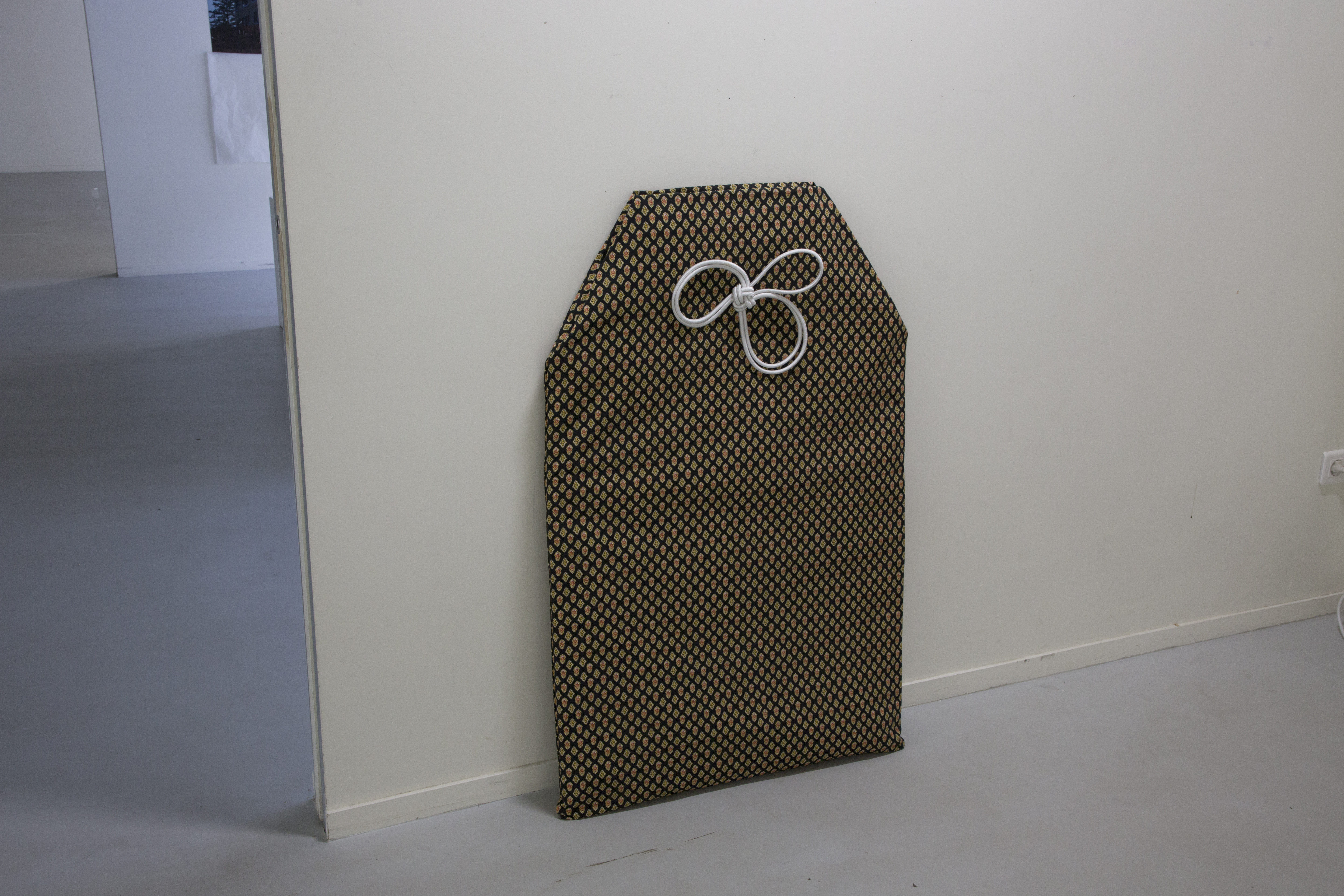Omamori-chan
2021-in progress.Arles, Kyoto
Installation photographique.
︎ Omamori-chan has been thought after Covid-crisis, as I could not think and practice the same way that I did before the pandemy.
At the same time, I got fascinated by Omamori. There are Omamori for every kind of prayers, and it seemed to me to be a very interesting « transitional object » such as Donald Woods Winicott introduced. The concept of transitional objects and transitional experience is in reference to a particular developmental sequence in child’s evolution, a transition intermediate in the developmental phase between the psychic and external reality. When the young child begins to separate the « me » from the « not-me » and evolves from complete dependance to a stage of relative independence. Transitional object is often the first « not me » possession that really belongs to the child. Blanket, teddy bear, but also melody, word. Object represents all components of « mothering ». The child itself is then able to create what it needs as well. Important in going to sleep moment and as a defense against anxiety. I think Omamori are transitional objects with the reality, and with our own life. I would like to think also artworks can be transitional objects with the world, and with other.
During time of pandemic, people are turning to art or spirtuality for answers about how to live again, despite catastrophes. Todai- ji’s Great buddha (盧舎那仏像), 15 meter tall, was created during a period of a giant pandemic (smallpox, from 735-737), killing one third of the whole population in Japan. Visiting it in Nara, it gave me the wish to make giant omamori, from which we could have an intense feeling of spirituality despite this everyday life object. The size depends on the place where it was created (size of a 京間 tatami for the Omamori-chan 京都), same with the pattern (Omamori-chan Arles).
Omamori-chan (京間、京都), 2022
191 x 95.5 cm, virgin cotton canvas, rope, wood Exhibition view in the main hall of Kyoto City University of Art, February 2022

Omamori-chan (Arles), 2021 75 x 40 cm, coton, printed (Valdrôme), elastic string, Exhibition view in the exhibition rooms of the ENSP of Arles, May 2021